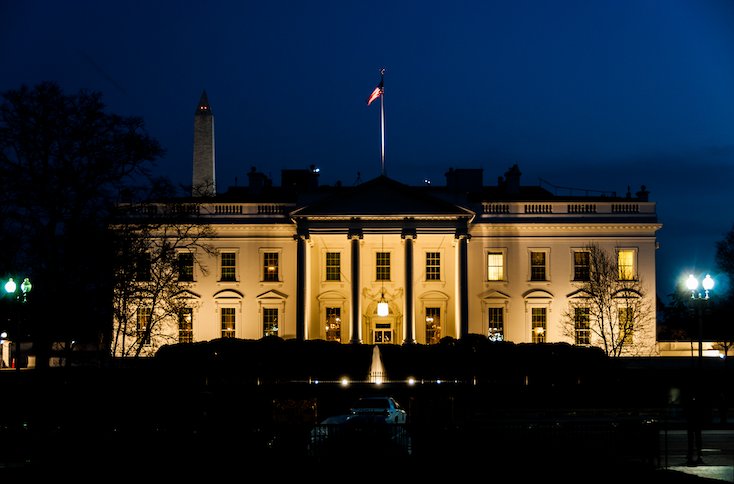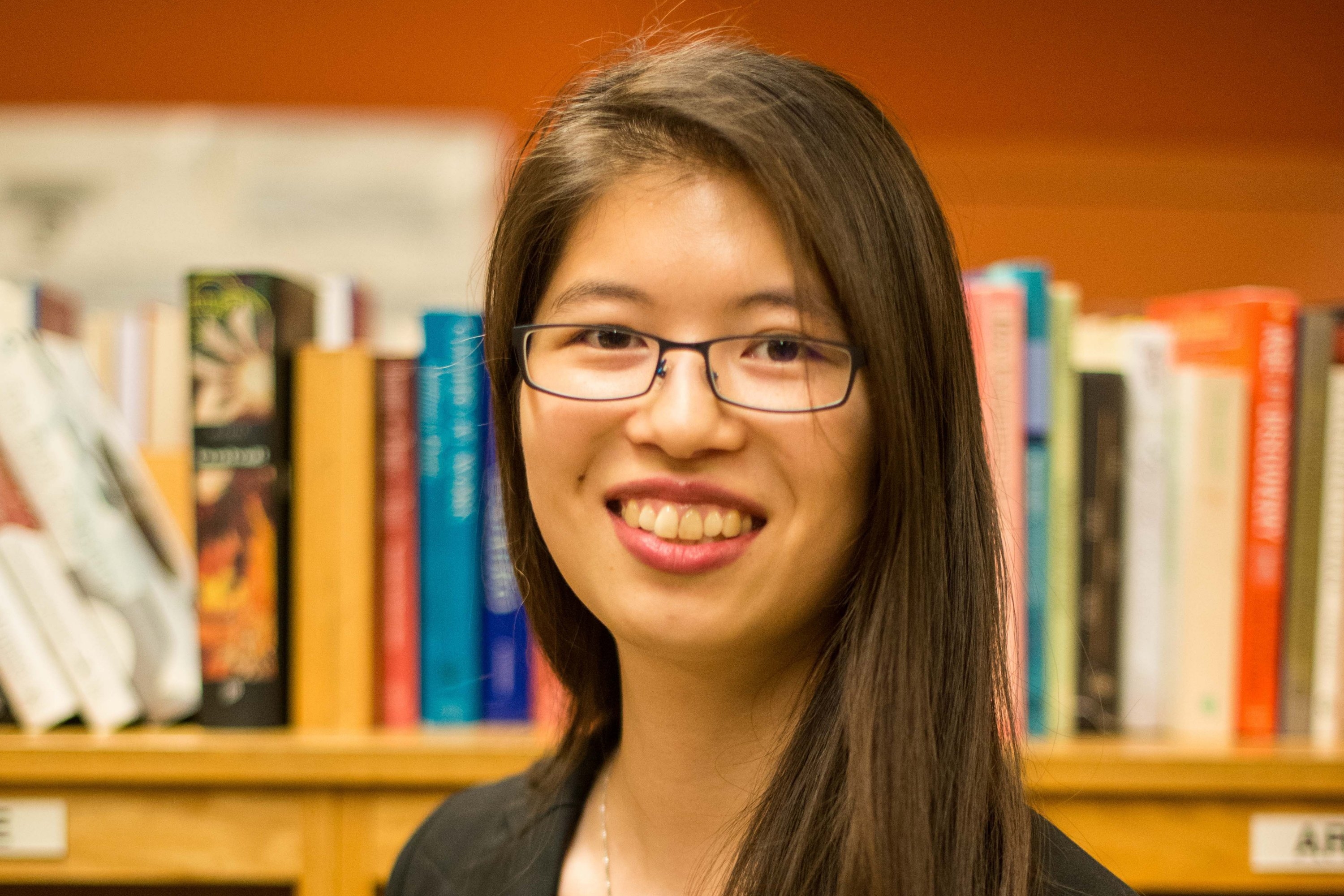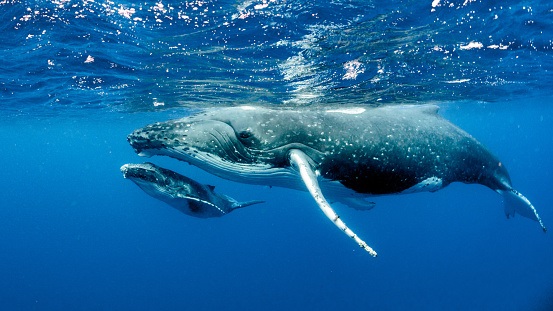Who’ll Stop the Rain? Scientists Call for Climate Collaboration
A trio of top scientists is helping lead one of the most ambitious efforts in the history of computing — building a digital twin of Earth. Peter Bauer, Bjorn Stevens and Francisco “Paco” Doblas-Reyes agree that a digital twin of Earth needs to support resolutions down to a kilometer so a growing set of users Read article >
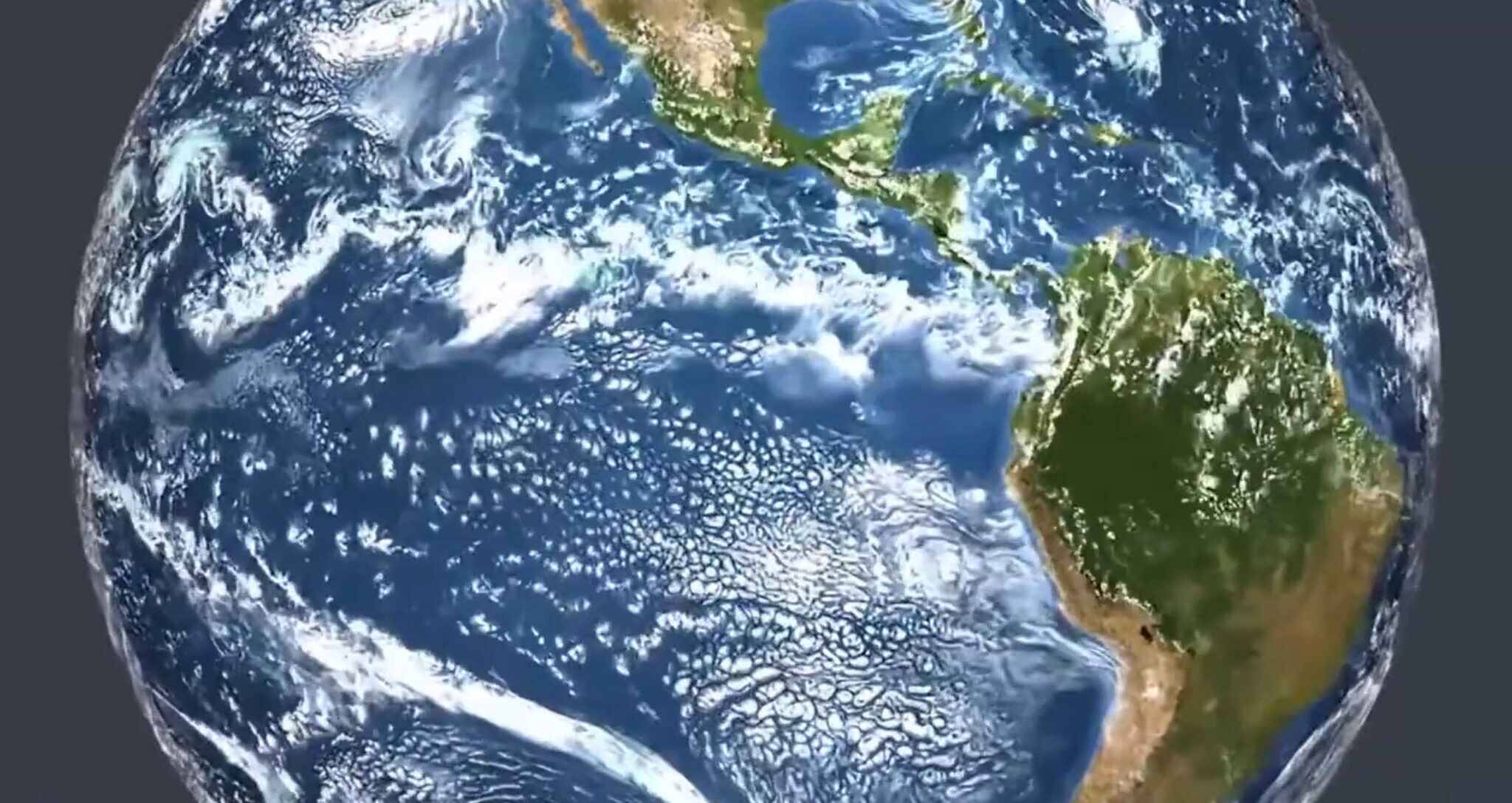
A trio of top scientists is helping lead one of the most ambitious efforts in the history of computing — building a digital twin of Earth.
Peter Bauer, Bjorn Stevens and Francisco “Paco” Doblas-Reyes agree that a digital twin of Earth needs to support resolutions down to a kilometer so a growing set of users can explore the risks of climate change and how to adapt to them. They say the work will require accelerated computing, AI and lots of collaboration.
Their Herculean efforts, some already using NVIDIA technologies, inspired Earth-2, NVIDIA’s contribution to the common cause.
“We will dedicate ourselves and our significant resources to direct NVIDIA’s scale and expertise in computational sciences, to join with the world’s climate science community,” Jensen Huang, founder and CEO of NVIDIA, had said when he announced the Earth-2 initiative in late 2021.
Collaborating on an Unprecedented Scale
Huang’s commitment signaled support for efforts like Destination Earth (DestinE), a pan-European project to create digital twins of the planet.
“No single computer may be enough to do it, so it needs a distributed, international effort,” said Bauer, a veteran with more than 20 years at Europe’s top weather forecasting center who now leads the project that aims to make planet-scale models available by 2030.
Last year, he co-authored a Nature article that said the work “requires collaboration on an unprecedented scale.”
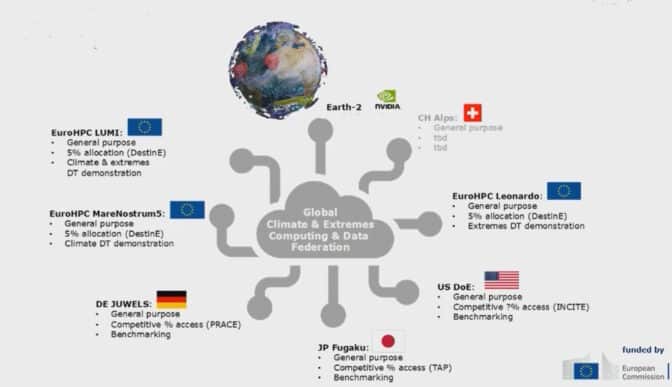
In a March GTC talk, Bauer envisioned a federation that “mobilizes resources from many countries, including private players, and NVIDIA could be one that would be very interesting.”
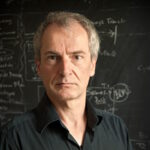
Such resources would enable the enormous work of developing new numeric and machine-learning models, then running them in massive inference jobs to make predictions that stretch across multiple decades.
DestinE has its roots in a 2008 climate conference. It’s the fruit of a number of programs, including many Bauer led in his years with the European Centre for Medium-Range Weather Forecasts — based in Reading, England — which develops some of the most advanced weather forecast models in the world.
Consuming a Petabyte a Day
The collaboration is broad because the computing requirements are massive.

“We’re talking about producing petabytes of data a day that have to be delivered very quickly,” said Doblas-Reyes, director of the Earth sciences department at the Barcelona Supercomputing Center, a lead author at Intergovernmental Panel on Climate Change — a group that creates some of the most definitive reports on climate change — and a contributor to the DestinE program.
The digital twin effort will turn the traditional approach to weather and climate forecasting “upside down so users can be the drivers of the process,” he said in a March talk at GTC, NVIDIA’s developer conference. The goal is to “put the user at the helm of producing climate information that’s more useful for climate adaptation,” he said.
His talk described the new models, workflows and systems needed to capture in detail the chaotic nature of climate systems.
Articulating the Vision
The vision for a digital twin crystalized in a keynote at the SC20 supercomputing conference from Stevens, a director at the Max Planck Institute for Meteorology, in Hamburg. He leads work on one of the world’s top weather models for climate applications, as well as an effort to enable simulations at kilometer-level resolution, an order of magnitude finer than today’s best work.
“We need a new type of computing capability … for planetary information systems that let us work through the consequences of our actions and policies, so we can build a more sustainable future,” he said.
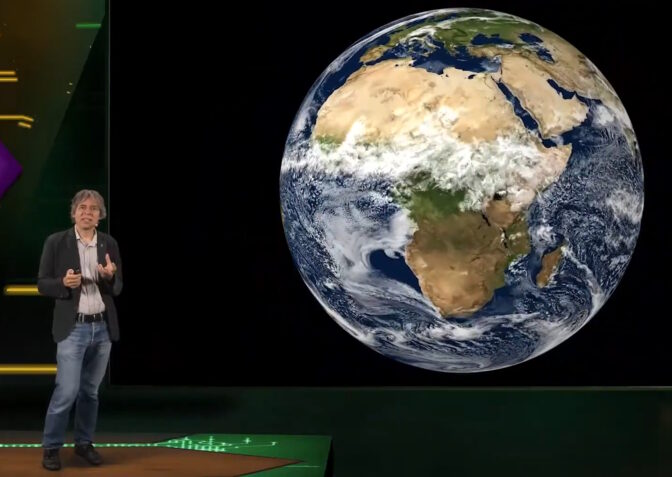
Stevens described a digital twin that’s accurate and interactive. For example, he imagined people querying it to see how a warming climate could affect flooding in northern Europe or food security in Africa.
AI Enables Interactive Simulations
AI will play a lead role in giving users that level of interactivity, he said in a talk at GTC last year.
“We need AI to get to where we need to be,” he said, giving shout-outs to NVIDIA and colleagues, including Bauer and Doblas-Reyes. “Real steps forward come from people bringing their different perspectives together and rethinking how we work.”
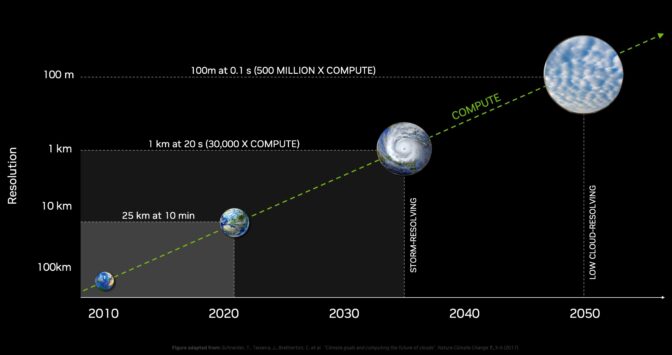
Doblas-Reyes agreed in his GTC talk this year.
“In my opinion, AI is a necessary complement for the digital twin — it’s the only way to offer true interactivity to users and help provide a good trajectory of what’s to come in our climate,” he said.
On a Journey Together
All three scientists gave examples of how NVIDIA technologies have been used in a wide variety of projects addressing climate change.
In his GTC talk, Stevens took a characteristically playful turn. He showed a cartoon version of Huang, like Isaac Newton, struck with a falling apple and an insight for how to engage with the scientific effort.
“We need you Jensen, and you need us,” Stevens said.
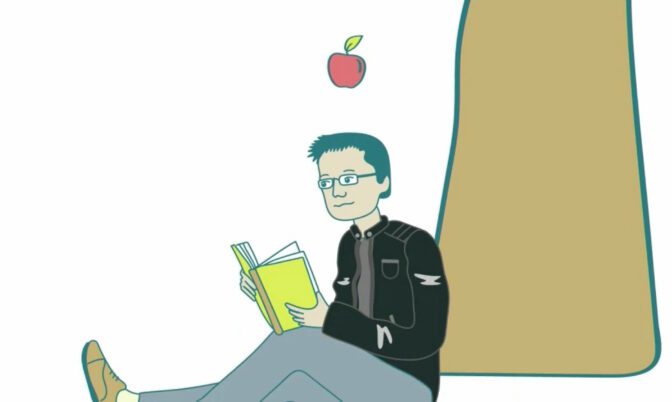
The MareNostrum 5 system coming to the Barcelona center provides one example. It’s expected to accelerate some of the DestinE work on NVIDIA H100 Tensor Core GPUs.
Building a digital twin of Earth is “an exciting opportunity to re-think the future of HPC with AI on top,” said Mike Pritchard, a veteran climate scientist who directs climate research at NVIDIA.
NVIDIA Omniverse for connecting 3D tools and developing metaverse applications, NVIDIA Modulus for physics-informed machine learning and NVIDIA Triton for AI inference all have roles to play in the broad effort, he said.
It’s a long and evolving collaboration, Bauer said in his GTC talk. “I sent my first email to NVIDIA on these issues 14 years ago, and NVIDIA has been with us on this journey ever since.”
To learn more, read the concept paper developed for the Berlin Summit for Earth Virtualization Engines, July 3-7, where Huang will deliver a keynote address.












